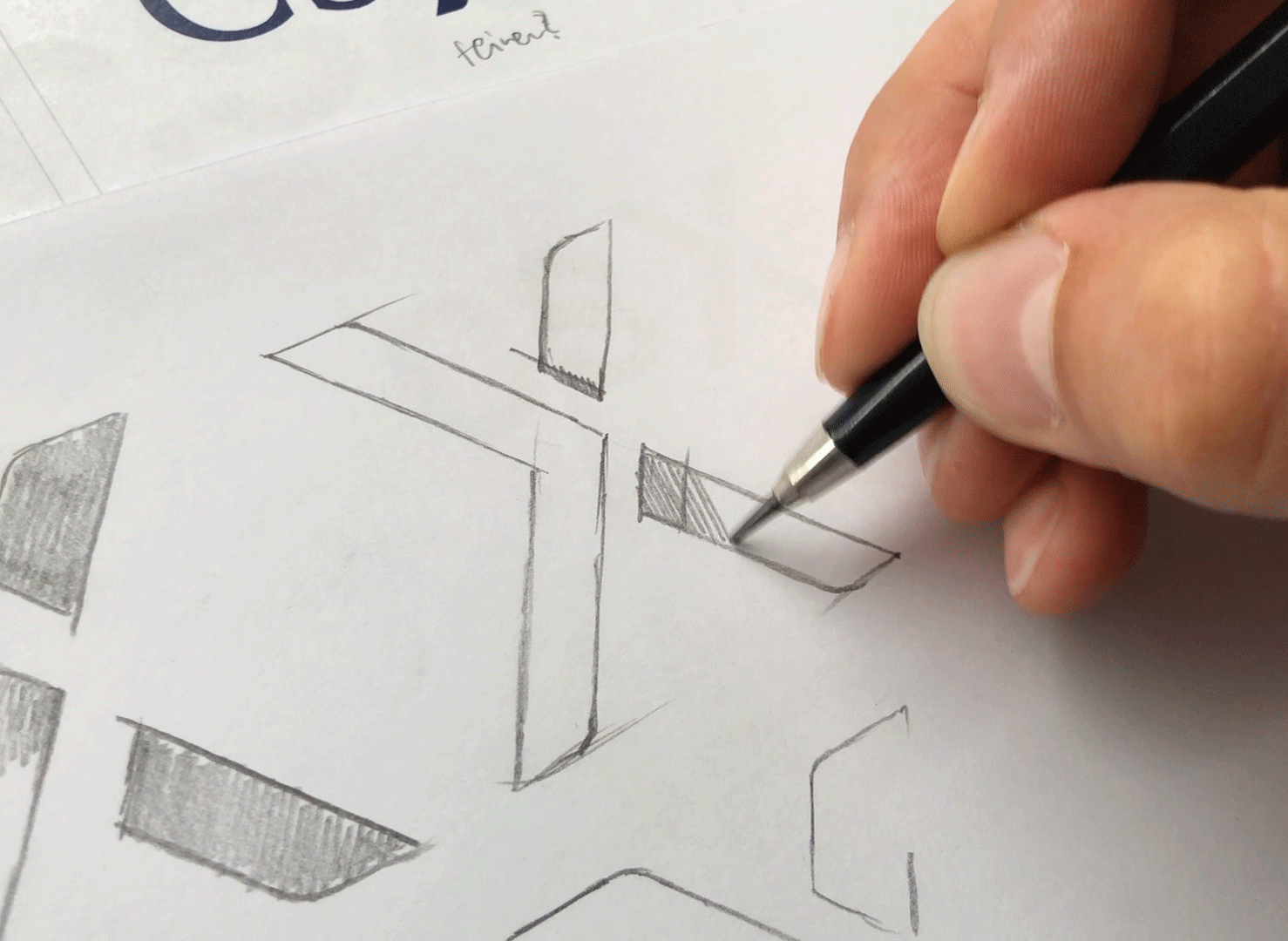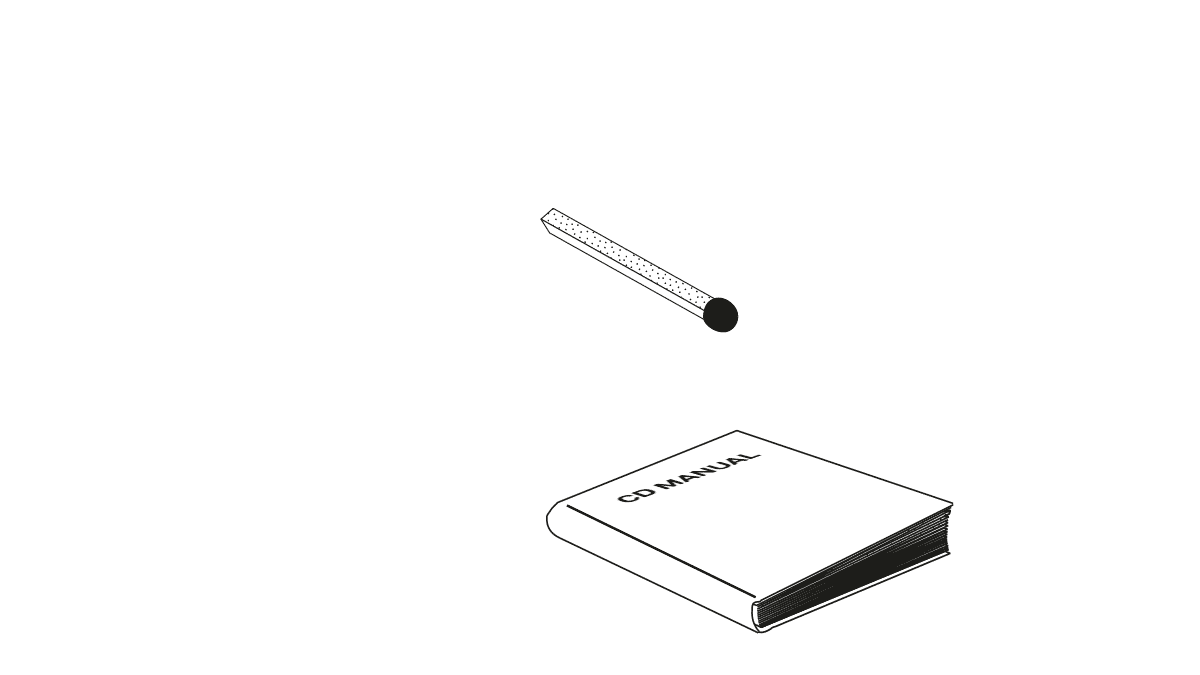Let‘s get in touch – info@hotzbrandconsultants.ch
Sennweidstrasse 35
6312 Steinhausen / Zug

How Does Design Define Itself?
Design thinking, product design, industrial design, fashion design, and organisational design. Everything, it seems, is about design these days. What design means, however, is often unclear. A brand designer’s understanding is different to that of an organisational developer.Design thinking, product design, industrial design, fashion design, and organisational design. Everything, it seems, is about design these days. What design means, however, is often unclear. A brand designer’s understanding is different to that of an organisational developer.
So, what exactly should companies do if they want to improve their design know-how?
In this interview, Thorsten Traber, Daniel Severin, and Michel Schibler approach this challenge. In it, they show that the concept of design actually affects many, indeed almost every area of an organisation. But at its core, this interview is about something fundamental: communicating the values and attitudes of an organisation appropriately and in a way that takes into account its needs. So there is never just design, there is always ‘design of’.

When we talk about design today, we can quickly get the impression that actually everything is about design: from smartphones to clothes, the design of workplaces to urban planning, or party programmes. Is such a concept of design still meaningful at all?
Thorsten:
“The term ‘design’ is used in somewhat of an inflationary way today. But it can be sharpened. Basically, design is simply about expressing the attitude of a company. The size of the company or the industry does not matter. Design makes content, ideas, and values tangible. This can be done visually, but also through scents, materials, surfaces, anything from the written word to architecture.”
Michel:
“Wherever people come into contact with each other or with a company, design plays a role. How does the product feel? How user-friendly is a website? What does an annual report look like? Is there an opportunity for feedback, and what impression does customer service make? How are complaints dealt with? Establishing this awareness and understanding of design in a company is a big challenge.”

So design is an essential aspect of good corporate governance.
Michel:
“It turns out that organisations with a high level of design competence perform better in the market than those that do not. That's why it's important that designers don't just tinker with logos, but are also involved in the overall development of an organisation at the management level or in interdisciplinary teams, for example.”
Daniel:
“It is also important for designers that design is lived and valued at management level. Because designing something always means exposing oneself. That takes courage and overcoming. A company must develop a culture that allows freedom for creativity.”
Thorsten:
“Part of this culture is to say goodbye to the assumption that the design process has to be fast, which, by the way, is an assumption you also often meet when dealing with clients. The digital possibilities, especially, suggest that it is easy to develop a new design.
There are websites for logos and for typesetting, as well as those that provide you with customisable templates for your own internet presence. But design does not simply consist of a modernised logo or a new arrangement of offers on the website. For a design to be successful, it is crucial for it to express the values and attitudes of the organisation. This can also be done in a non-verbal way, for example through a web or product design.
So the first step to good design is to develop this awareness of impact. You have to think carefully about what message you want to send and how you want it to be perceived. That's why the design process is a long, intricate process that you have to take time for.”
Daniel:
“Investing here is worth it, though. Not least because then you don't have to make numerous, cost-intensive extra runs during implementation.”
It almost sounds as if design is a decisive factor in the performance of an organisation. But don't other factors such as attractive working conditions or high product quality play a more important role?
Daniel:
“I don't think you can overestimate the role of design. Digitalisation contributes a lot to this. Digital opportunities such as platforms and forums lead to increased visibility and comparability of almost everything a company does. This raises the expectations of customers. Of course, this also leads to increased demands on design competence.”
Thorsten:
“Exactly. Today we are completely flooded with information. With design, you can—you have to—differentiate yourself. Good design allows an organisation to stand out from the egalitarian crowd.”
Michel:
“We have developed a high expectation of user-friendliness through apps such as Facebook, WhatsApp, and Google, and we are now transferring that. For example, when we open an account, go clothes shopping, or fill out the tax return, we expect a pleasant experience. If those expectations, whether justified or not, can't be met and contact with the organization is resinous, it ultimately doesn't matter how good the product is.
For example, it is the case that the bounce rate on websites is directly related to their loading time. We're not used to waiting anymore. Precisely because design comes into play in all touchpoints with customers, it's important that designers are embedded throughout the value chain.”
Thorsten:
“That is a crucial aspect. Every detail has to be right. Holistic thinking is the keyword. If one stone of the mosaic is missing or in the wrong place, the whole picture somehow looks wrong. The entire [brand] experience chain must be convincing.
The fashion industry is exemplary in this respect. Nothing is left to chance there. The big fashion brands have highly competent teams whose only task is to professionally stage the brand across all channels. The customers thus feel the brand in all facets, from the products to communication, fashion shows, social media, store design, and even the invoice cover. This creates impressive, unmistakable worlds of experience. Other industries can learn a lot from this brand awareness.”
We have now talked a lot about which areas are relevant for design and what that means for an organisation. But how can a company even know whether its design is good or bad? Isn't it subjective?
Daniel:
“Of course design has subjective aspects on a visual level. A design can be liked or disliked - that is always in the eye of the beholder. But ultimately a design has to be judged on whether it fulfils its function or not. Does a design succeed in communicating the company's values to customers and employees? That is a decisive indicator.”
Michel:
“And that can be measured better and better today. Through the behaviour of customers on websites, Net Promoter Scores, via social listening, and also with classic surveys, it is relatively easy to understand what impression you are making. This is also an opportunity for more agility and iteration.
The prerequisite for this is, of course, that you ascribe the same relevance to design as you do to turnover or strategy. You have to realise that it is not just an aesthetic enhancement, but a value-added measure whose effectiveness can be quantified.”
Daniel:
“But it's not just about customer contact, employees also benefit from good design.”
Thorsten:
“Good and consistent storytelling helps employees to identify with the company. This has an effect on how employees speak and behave, on their desire to work, and on their loyalty to their employer. So design is not least noticeable in direct contact and people perceive it that way. This is how a company finds the right partners. If you live a clear attitude internally, it is also credibly noticeable externally.”
More Insights
Related Articles
Subscribe
LOOK AROUND
CONTACT
SOCIAL
- © 2025 Hotz Brand Consultants |All Rights Reserved
|
- Privacy Policy |
- Trust Center






